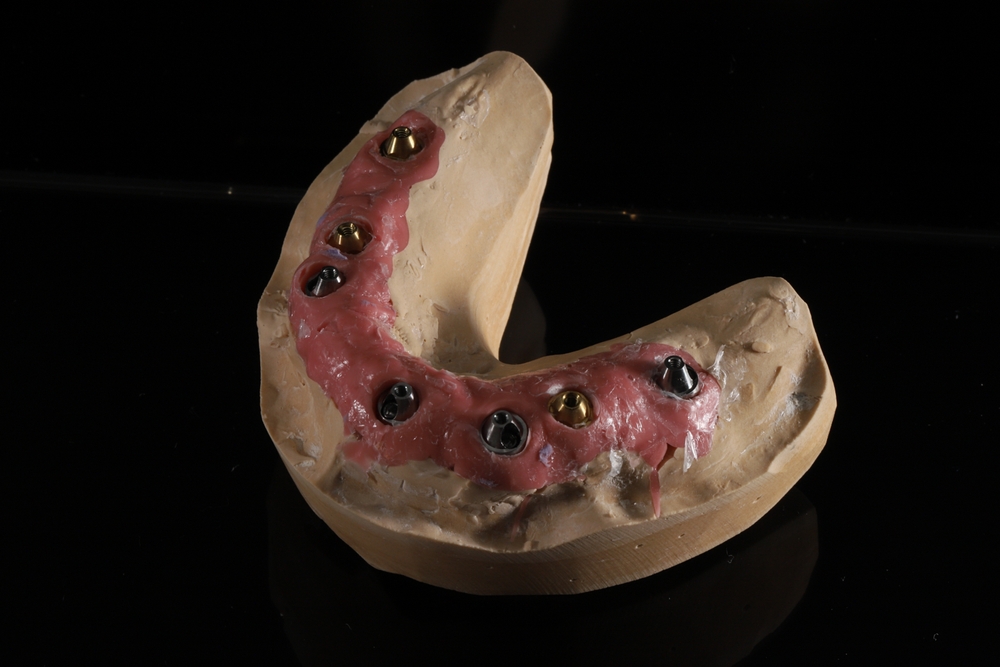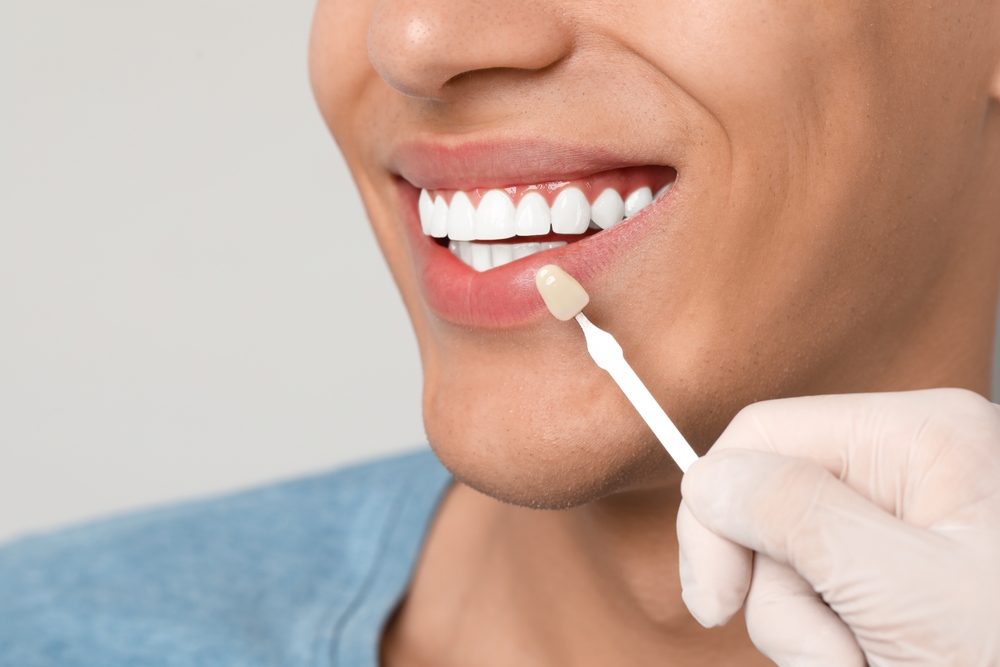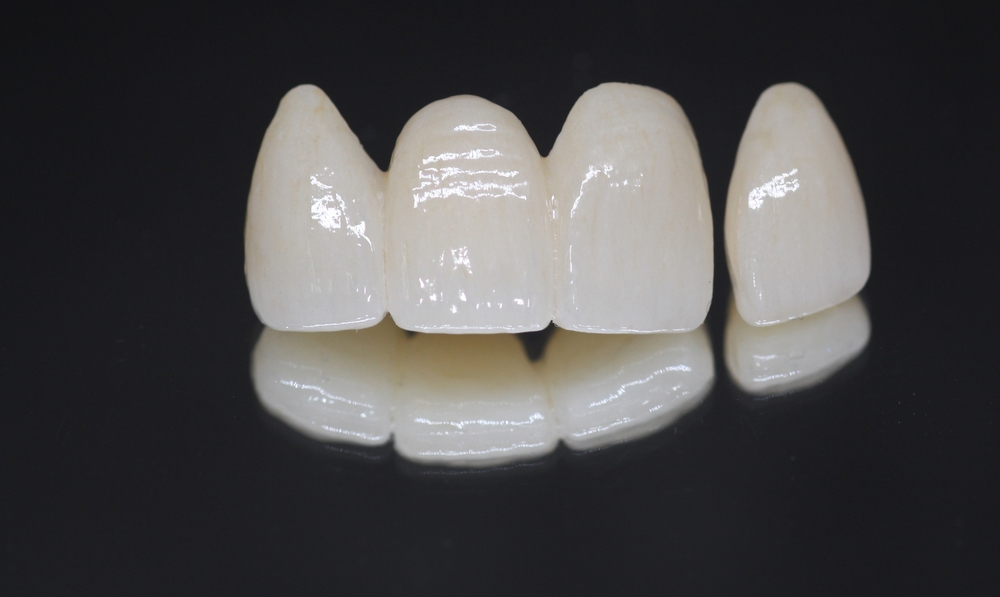Implant analogues are essential components in dental implantology, playing a crucial role in the accurate fabrication of restorations. For dental professionals and lab technicians, understanding the use of implant analogues is vital for achieving successful outcomes in implant-supported restorations. This blog delves into what implant analogues are, their types, and their significance in the restoration process.
What are Implant Analogues?
Implant analogues are replica components that mimic the exact dimensions and shape of the actual dental implants placed in the patient’s mouth. These replicas are used during the laboratory fabrication process to ensure that the final restoration fits perfectly onto the dental implant. Implant analogues allow lab technicians to work with precision, mirroring the clinical scenario without the need for the physical presence of the patient. There are different types of implant analogues, including:
Fixture-Level Analogues:
These are designed to replicate the implant fixture, which is the part embedded in the bone. They are used in the fabrication of custom abutments and implant-supported restorations. Fixture-level analogues ensure that the lab work aligns accurately with the implant’s position in the patient’s mouth.
Abutment-Level Analogues:
These analogues replicate the abutment, the component that connects the implant to the prosthetic restoration. Abutment-level analogues are used primarily when prefabricated abutments are chosen for the restoration. They help ensure that the final prosthesis will fit correctly onto the abutment.
Common Materials for Implant Analogues
Implant analogues are made from various materials, each offering specific benefits depending on the application and requirements of the dental restoration process. The most common materials used for implant analogues include:
| Material | Properties | Benefits | Recommended For |
| Stainless Steel | Durability, Precision | Highly durable and reliable, ideal for repeated use | Educational settings, high-volume labs |
| Titanium | Biocompatibility, Strength | Close resemblance to actual implants, excellent for precision work | Precision work, custom abutments |
| Aluminum | Lightweight, Cost-Effective | Easy to handle, more affordable | Less critical applications, cost-concern scenarios |
| Plastic (POM) | Ease of Use, Cost-Effective | Easy to modify, suitable for temporary models and educational purposes | Temporary models, initial fitting procedures, educational purposes |
Recommended Materials for Specific Applications
High-Precision Restorations:
For cases requiring high precision and accuracy, such as custom abutments or complex implant-supported prosthetics, titanium and stainless steel are recommended due to their durability and precise replication capabilities.
Educational and Training:
In educational settings where repeated use and demonstration are needed, stainless steel is often preferred for its robustness. Plastic analogues can also be used for demonstration purposes due to their ease of handling and lower cost.
Cost-Effective Solutions:
For situations where cost is a primary concern, such as initial fitting or temporary restorations, plastic or aluminum analogues provide a budget-friendly alternative while still offering reasonable accuracy.
The Role of Implant Analogues in Fabrication
Implant analogues are indispensable in several stages of the restorative process:
Impression Taking:
After the dental implant is placed, an impression is taken to capture the precise position of the implant. The implant analogue is then attached to the impression, creating an accurate model of the implant’s placement in the patient’s mouth.
Model Creation:
The analogue is embedded into a stone or digital model, providing a working replica for the dental lab. This model is essential for the lab technician to create custom abutments, crowns, bridges, or other implant-supported restorations.
Restoration Fabrication:
With the model in place, lab technicians can fabricate the final restoration, ensuring that it matches the contours and occlusion of the patient’s natural dentition. The implant analogue ensures that the restoration will fit seamlessly when transferred to the patient’s mouth.
Verification and Adjustment:
Before the final restoration is sent to the dental office, it is tested on the model with the implant analogue. This step ensures that any necessary adjustments can be made in the lab, reducing chair time and ensuring a more precise fit.
Benefits of Using Implant Analogues
- Accuracy: Implant analogues provide a highly accurate representation of the implant’s position, ensuring that restorations are fabricated with precision.
- Efficiency: By allowing lab technicians to work on a replica of the implant site, the need for multiple patient visits is minimized, streamlining the restorative process.
- Consistency: Using implant analogues ensures that the final restoration is consistent with the planned treatment, reducing the risk of misalignment or fit issues.
Conclusion
Implant analogues are vital tools in the dental laboratory, ensuring that restorations are fabricated with the utmost accuracy and precision. By understanding their role and utilizing them effectively, dental professionals and lab technicians can achieve successful outcomes, providing patients with restorations that are both functional and aesthetically pleasing. As implant technology continues to evolve, the use of implant analogues will remain a cornerstone of successful implant-supported restorations.




